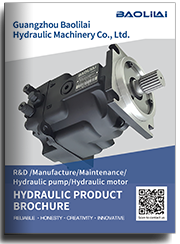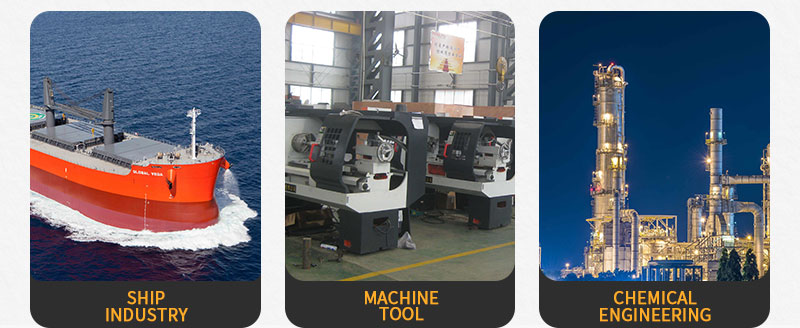90L130MA5NN80R3F1FC5GBA424224 hydraulic pump
90L130MA5NN80R3F1FC5GBA424224 hydraulic pump

- Product Details
- Applicable Scene
Hydraulic pumps play a crucial role in various power-intensive applications, from construction machinery to industrial equipment. However, the reliability of these pumps is often challenged by the demanding conditions they operate under. Reducing hydraulic pump failure is essential for maintaining operational efficiency and minimizing costs. Here are several strategies to help ensure the longevity and performance of hydraulic pumps in power-intensive applications.
90L130-MA-5-NN-80-R-3-F1-F-C5-GBA-42-42-24
90L130MA5NN80R3F1FC5GBA424224
Firstly, proper selection of the hydraulic pump is vital. Choosing the right pump for the specific application significantly impacts its performance and durability. Consider factors such as flow rate, pressure requirements, and fluid viscosity when selecting a pump. Additionally, understanding the system’s overall hydraulic requirements can help in selecting pumps that work optimally within the operating conditions.

83007839
Regular maintenance is another key aspect of preventing hydraulic pump failure. Implementing a preventive maintenance schedule can help identify potential issues before they escalate. Routine inspections should include checking for leaks, ensuring proper fluid levels, and monitoring for unusual noises or vibrations. Regular oil and filter changes, along with the use of high-quality hydraulic fluids, can also enhance pump performance and lifespan.
Monitoring the hydraulic system’s parameters is crucial for early detection of potential issues. Utilizing data acquisition systems and sensors can provide real-time insights into pressure, temperature, and flow rates, allowing operators to identify anomalies. Regularly analyzing this data can help in making informed decisions to adjust operations or schedule maintenance before a failure occurs.
Another important factor is ensuring that the hydraulic system is not subjected to excessive loads or shock forces. Properly sizing the components and using hydraulic accumulators can help absorb shocks and fluctuations in the hydraulic system. Employing soft start mechanisms can also reduce the initial load on the pump during startup, thereby minimizing stress and wear.





